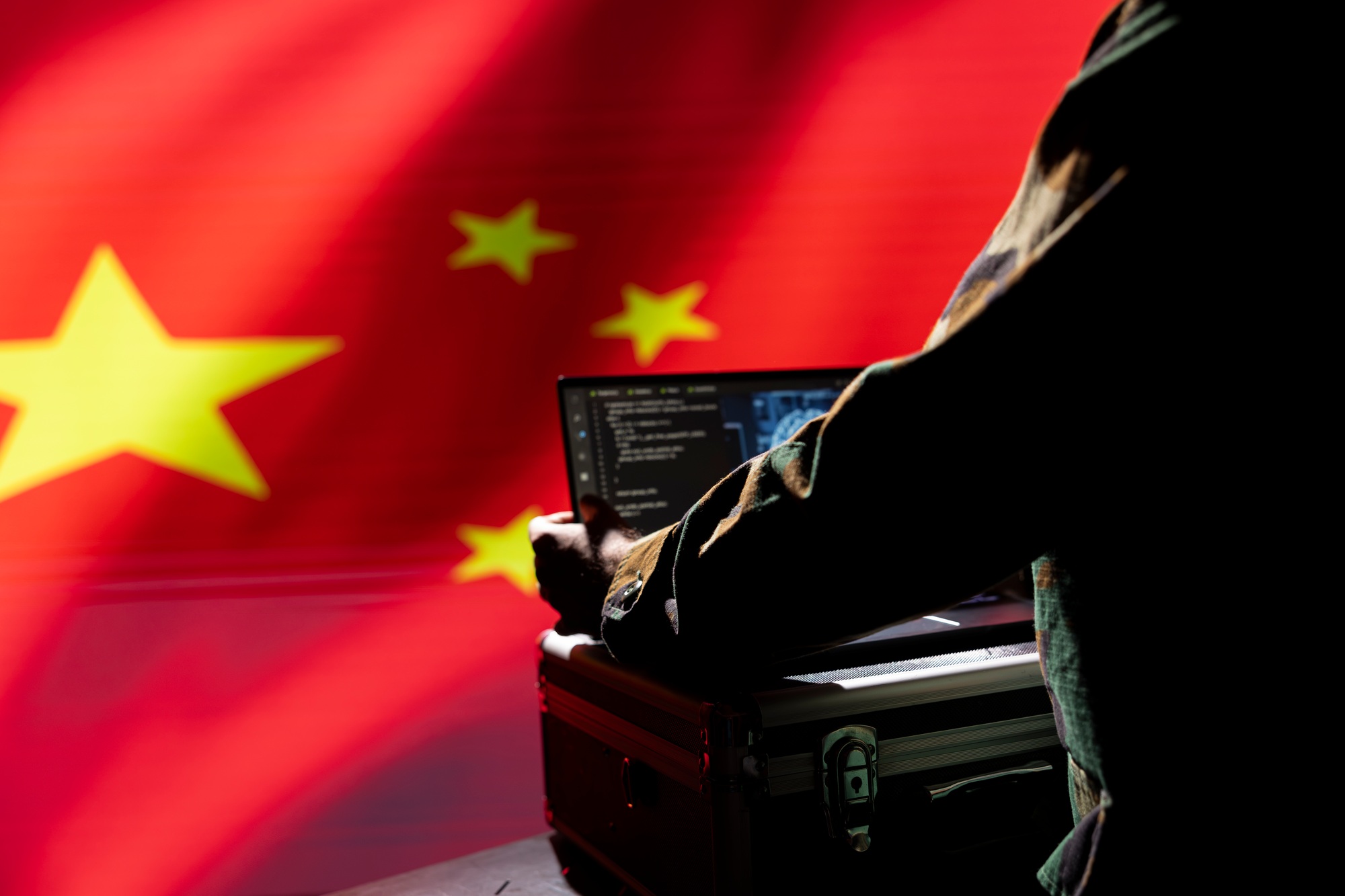Leaked data has once again pulled back the curtain on China’s sophisticated digital surveillance and censorship apparatus. The revelations detail an AI-driven censorship machine designed to monitor, filter, and control online content with unprecedented precision. This article dives deeper into the inner workings of this system, explores its broader implications for freedom of expression, and discusses the challenges it poses for global tech and human rights.

Unveiling the Censorship Mechanism
How It Operates
The leaked dataset reveals that the Chinese censorship system is powered by advanced artificial intelligence algorithms that constantly scan online content. Key components include:
- Automated Content Analysis: The system uses deep learning and natural language processing to assess text, images, and videos in real time, identifying content deemed politically sensitive or harmful.
- Contextual Filtering: Beyond keyword detection, the AI evaluates the context and sentiment of content, allowing it to flag subtle subversions or coded language.
- Dynamic Adaptation: The machine continuously updates its filtering criteria based on new data and trends, making it highly adaptive to emerging threats as defined by the authorities.
- Multi-Layered Controls: The system isn’t limited to a single platform; it spans social media, news outlets, forums, and messaging apps, ensuring widespread coverage and uniformity in enforcement.
The Technology Behind the Curtain
While the specifics remain classified, the leaked data hints at an architecture that combines multiple AI models, including convolutional neural networks for image analysis and transformer models for text interpretation. This multi-model integration allows for more nuanced decisions, ensuring that even veiled criticisms or metaphorical language are intercepted.
Broader Implications of AI-Driven Censorship
Impact on Free Speech and Global Discourse
The rise of AI in censorship not only tightens the control over domestic discourse in China but also sends ripples through global digital communication. Concerns include:
- Suppression of Dissent: By preemptively filtering out content critical of the government or sensitive issues, the system stifles public debate and limits the diversity of viewpoints.
- Chilling Effect on Creativity: Artists, journalists, and citizens may self-censor for fear of inadvertently crossing the opaque boundaries set by AI algorithms.
- Exporting Censorship Practices: There is a risk that similar technologies and methods could be adopted by other authoritarian regimes, further eroding global freedom of expression.
Ethical and Societal Considerations
The use of AI for censorship raises profound ethical questions:
- Transparency and Accountability: The opaque nature of these algorithms means that decisions on what constitutes forbidden content are made behind closed doors, without accountability.
- Bias and Overreach: AI systems can be prone to over-blocking, potentially silencing legitimate discourse and contributing to a biased portrayal of events.
- Human Rights Concerns: The pervasive control exerted by such systems challenges international norms on freedom of speech and digital privacy.
The Future of AI Censorship: Challenges and Prospects
Advancements in Technology vs. Public Demand
As AI technology continues to evolve, so too does its potential for both positive and negative applications. On one hand, these systems could be refined to protect users from harmful content like hate speech and misinformation. On the other hand, when misused by authoritarian regimes, they can become powerful tools of repression.
Global Response and the Call for Regulation
The exposure of China’s AI censorship machine has ignited calls for global standards in the use of AI for content moderation. Tech companies, policymakers, and human rights organizations are increasingly advocating for:
- Ethical AI Guidelines: To ensure that AI tools are developed and deployed in a manner that respects fundamental rights.
- International Cooperation: Establishing cross-border frameworks to monitor and control the export of surveillance technologies.
- Transparency Measures: Demanding that governments and companies disclose the criteria and algorithms used in content moderation to prevent abuse.

Frequently Asked Questions
Q: What does the leaked data reveal about China’s AI censorship system?
A: The leaked data shows that China’s AI censorship machine employs advanced deep learning models to analyze text, images, and videos across multiple platforms. It uses contextual filtering and dynamic adaptation to identify and suppress content deemed sensitive or harmful by government standards.
Q: How might AI-driven censorship impact freedom of speech globally?
A: AI-driven censorship can suppress dissent, limit diverse viewpoints, and create a chilling effect on free expression. Moreover, the adoption of similar technologies by other regimes could further restrict global discourse and undermine democratic values.
Q: What are the key ethical concerns associated with using AI for censorship?
A: The main ethical issues include a lack of transparency and accountability in decision-making, the potential for biased or overreaching content suppression, and significant implications for human rights, particularly freedom of speech and digital privacy.
The exposure of China’s AI censorship machine offers a stark reminder of the dual-edged nature of advanced technology. While AI holds immense potential for positive change, its misuse in controlling information and suppressing voices poses serious challenges. As the global community grapples with these issues, the push for ethical AI and transparent regulatory frameworks becomes more urgent than ever.
Sources Tech Crunch


